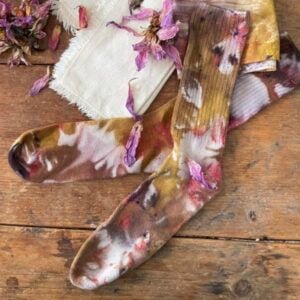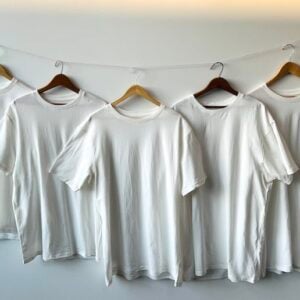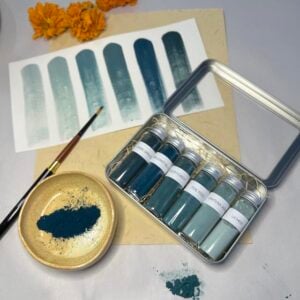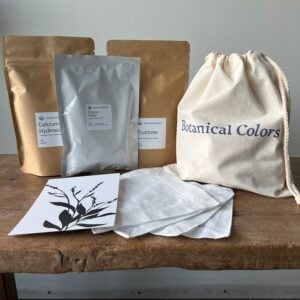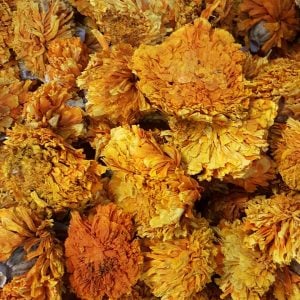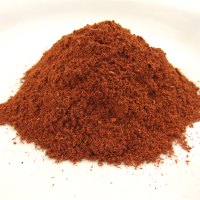Petal Pusher Natural Dye Sock Kit – PRE ORDER
Petal Pushers Natural Dye Sock Kit We have designed possibly the easiest, most fun and magical natural dye kit to date. This is the perfect gift for a newbie dyer. Simply add water and let magic take its time. Get a few and have a party with friends! It would also make a great stocking stuffer (pun intended) for the holidays. This kit comes with a pair of Mordanted Bamboo Socks, (women’s crew length, size 9-11) and a generous sprinkling of our logwood chips, organically grown marigolds and ground madder roots. The instructions are simple. We give you two options. … Read more

